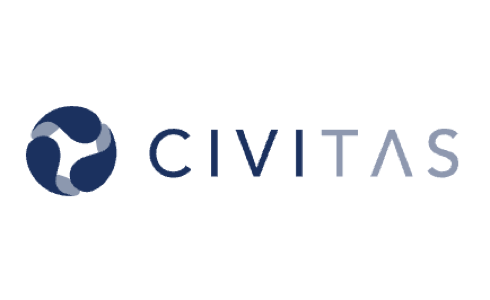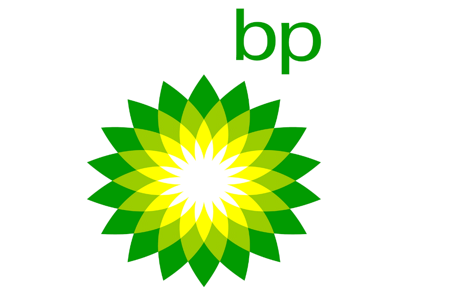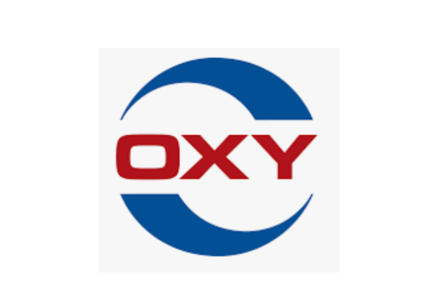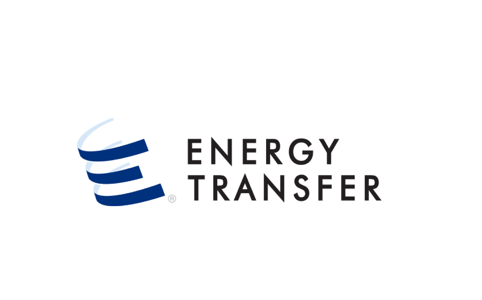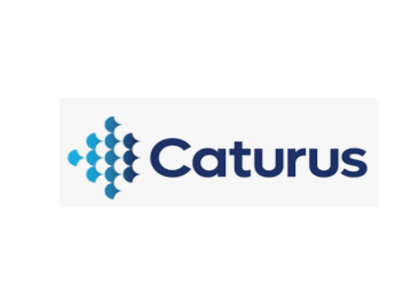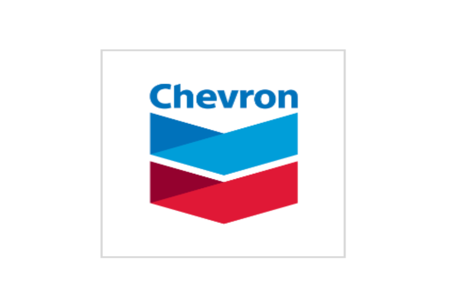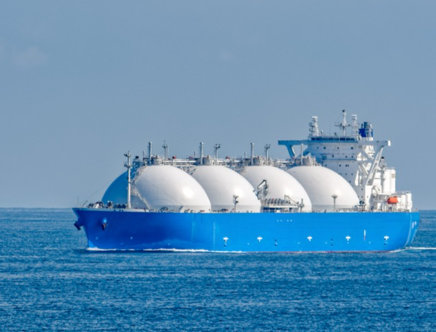Civitas Resources (NYSE: CIVI) gained 2.2% this week after Bloomberg reported the company is exploring a potential sale. The Denver-based independent oil & gas producer, with operations in both Texas and Colorado, is said to be working with advisers to evaluate deals with similarly sized or larger peers. While no final decision has been made, the news highlights growing consolidation momentum across the U.S. shale patch.
Civitas Resources May be Exploring Strategic Alternatives: What a Potential Sale Could Mean
